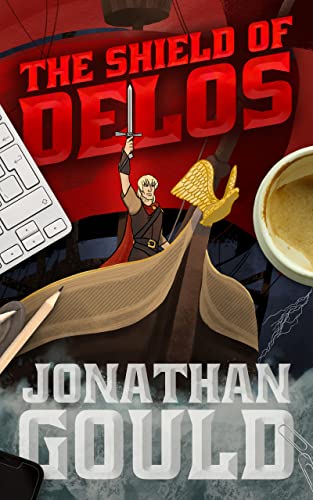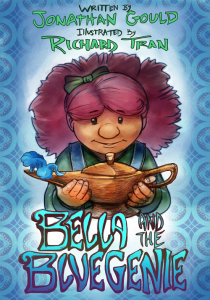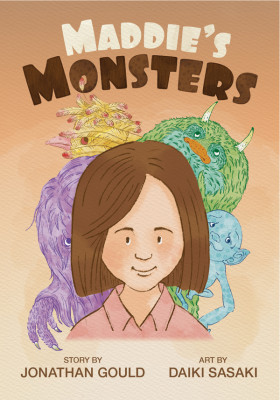It’s amazing how a story unfolds inside my head.
Usually, the first thing that comes through is the theme. Most of my stories are based on a theme – a central idea that drives all further developments, whether character or plot based. The theme may come from something I’ve read or something I’ve watched, or just a random idea that leaps into my head for no particular reason. It may be based on some big idea – maybe something political or psychological – some grand revelation about the nature of life and society. Or it may be a little thing that tickles my fancy.
Once I have a theme, the story gradually reveals itself. It may take some time, possibly even years, for me to have an idea of how things will unfold. I don’t like to rush the process. I always find that a good story can’t be hurried. It reveals itself to me, one piece at a time, as my mind slowly engages itself with all the potential and possibilities contained within that original theme.
Once I feel like I have enough of a handle on the story, e.g. how the plot will be structured and who the main characters are, I can start with the fun bit – the development of the first draft.
As I begin to write, I have the basic skeleton of the story, as conceived in my mind, to work with. But a well-executed story needs so much more than that. With every sentence I write, I’m looking to engage with the story in the same way that a reader will. And that is where all my senses come into play.
When I’m ready to describe a scene, no matter how grand or intimate, the first thing I do is I construct that scene in my head. I need to be able to see it. What does it look like? What are the first things that catch my eye? What are the details that reveal themselves on closer examination? Is there colour? Is there movement? Only when I have a complete visual picture of the scene can I begin to write it, trusting that I can find the words to adequately translate this vision onto the page.
A similar thing occurs with dialogue, but this time it’s my audio sense that I need to engage with. I have to hear the characters speaking. What exactly are they saying? How do the responses of one to the other follow a logical and consistent thread? What does each character sound like? What sort of language, and what tone of voice would they use? The dialogue has to sound real, like the sorts of things people actually say, while also serving the needs of the characters and the story.
It’s not always easy, but when it works it’s immensely satisfying. By engaging all our senses with the story as it develops, we writers can immerse ourselves fully in the journey of our characters. And hopefully, this experience will be shared by our readers.
Posted by Jonathan Gould and tagged as




